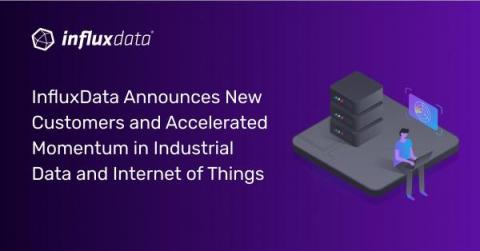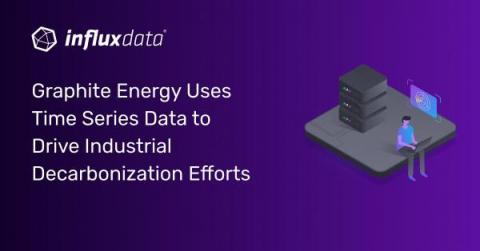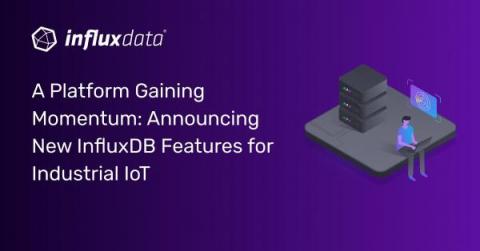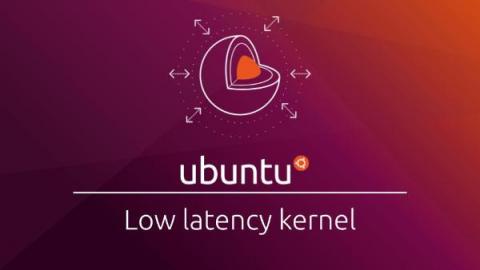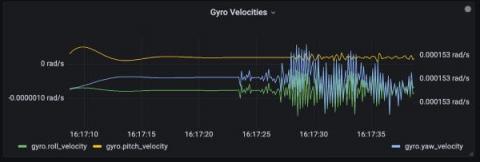InfluxData Announces New Customers and Accelerated Momentum in Industrial Data and Internet of Things
InfluxData today announced accelerated momentum in Industrial Data and Internet of Things (IoT) driven by new customers, product enhancements and expanded industrial partnerships fueled by the growth of time series data. Customers including Tesla, Rolls Royce, Airbus, Teck, Graco and Graphite Energy are using InfluxDB to collect industrial data from devices and sensors.


